Sustainable Roofing: Green Concepts, Eco-Friendly Installations & Solar Integration
Sustainable roof design, powered by eco-friendly roof solutions like green roofing systems and solar…….
🌿 Introduction
Sustainability has become a cornerstone in modern architectural design, with sustainable roof designs taking center stage in the green revolution. This article delves into the multifaceted world of sustainable roofing, exploring its significance, benefits, and the role it plays in creating eco-friendly built environments. From conserving energy to managing stormwater, sustainable roofs are not just a design choice but an essential component for future-proofing our cities and buildings.
🔍 Understanding Sustainable Roof Design
Sustainable roof design encompasses various strategies aimed at reducing the environmental footprint of buildings. These include maximizing natural light, optimizing insulation properties, incorporating green spaces, harvesting rainwater, and integrating renewable energy systems like solar panels. Historically, sustainable roof designs have evolved from simple grass-covered structures to sophisticated systems that reflect the latest in sustainable technology.
The core components of a sustainable roof design include:
These components work synergistically to create a holistic approach to sustainable building practices, ensuring that the roof contributes positively to its surrounding environment.
🌎 Global Impact and Trends
Sustainable roof design is not confined to any single region but is a global movement with local nuances. Europe, North America, and Asia are leading the way in innovative sustainable roofing practices. For instance:
The global trend indicates a shift towards more sustainable practices, with a focus on resilient buildings that can adapt to changing environmental conditions.
💸 Economic Considerations
The economic implications of sustainable roof design are multifaceted. Initially, there may be higher upfront costs associated with implementing these systems; however, long-term benefits such as energy savings, tax incentives, and increased property value make them a sound investment. Market dynamics are influenced by consumer demand for green building features, which in turn drives innovation and competition in the industry.
Investment patterns show a growing trend in sustainable building practices, with a significant portion of funding directed towards eco-friendly technologies. Sustainable roof design is not just an economic decision but a strategic one that aligns with global sustainability goals and contributes to a healthier economy.
🔧 Technological Advancements
Technological advancements have been pivotal in the evolution of sustainable roof designs. Innovations such as:
These advancements not only enhance the performance of sustainable roofs but also open up new possibilities for future development.
📜 Policy and Regulation
Policies and regulations play a crucial role in promoting sustainable roof design. Building codes, environmental standards, and tax incentives are some of the mechanisms used to encourage their adoption. For example:
These policies not only guide the implementation of sustainable roof designs but also ensure that they meet certain environmental and performance standards.
🚫 Challenges and Criticisms
Despite its benefits, sustainable roof design faces several challenges and criticisms. These include:
To address these issues, stakeholders can explore modular designs, scalable solutions, and community-driven initiatives that share the costs and benefits of sustainable roofing.
🏡 Case Studies
Several case studies exemplify the successful integration of sustainable roof design. The Green Roof atop the Ford Foundation Headquarters in New York City showcases a comprehensive green roof system with impressive biodiversity. The Solar Roof by Tesla demonstrates cutting-edge solar technology integration into residential and commercial buildings.
These case studies provide valuable insights into the practical application of sustainable roof design and its impact on the built environment.
🌱 Conclusion
Sustainable roof design is a multifaceted solution that contributes to energy efficiency, environmental resilience, and urban sustainability. It encompasses a variety of technologies and practices that are both innovative and practical. As global challenges like climate change and urbanization intensify, sustainable roofing will play an increasingly vital role in shaping the future of our built environment.
📈 Future Outlook
Looking ahead, we can expect sustainable roof design to evolve further with advancements in technology, policy, and community engagement. The integration of smart systems, biophilic design principles, and adaptive materials will likely become more prevalent. As these designs become more accessible and affordable, their adoption is poised to accelerate, making a significant impact on global sustainability goals.
By embracing sustainable roof design, we can create buildings that are not just structures of refuge but living components of the ecosystem, contributing positively to our planet’s health and human well-being.
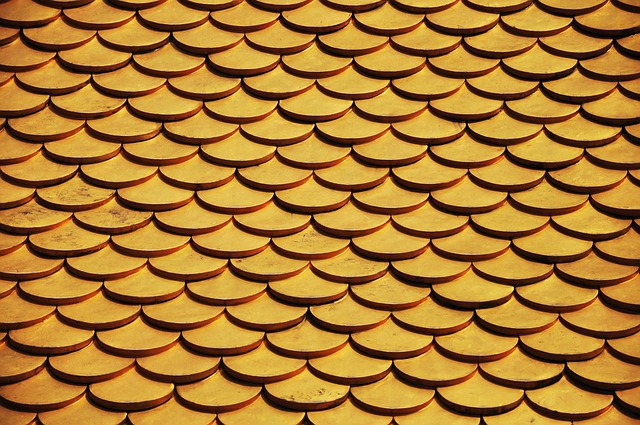
Sustainable roof design, powered by eco-friendly roof solutions like green roofing systems and solar…….

The roofing industry is evolving towards sustainable roof design with green roofing systems and eco-…….

Green roofs and solar-integrated designs offer a synergistic approach to sustainable living, combini…….
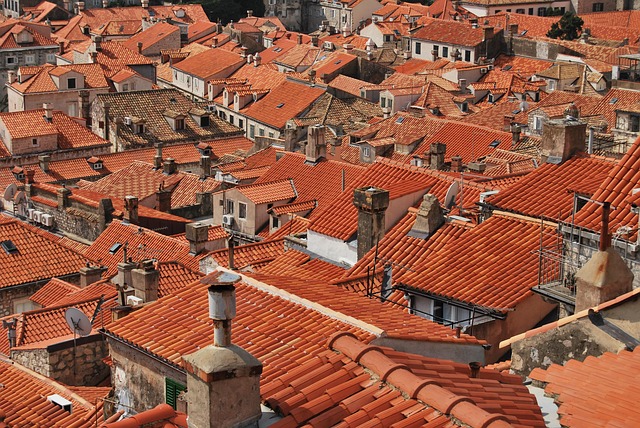
Sustainable roof design integrates nature and architecture through eco-friendly solutions like green…….
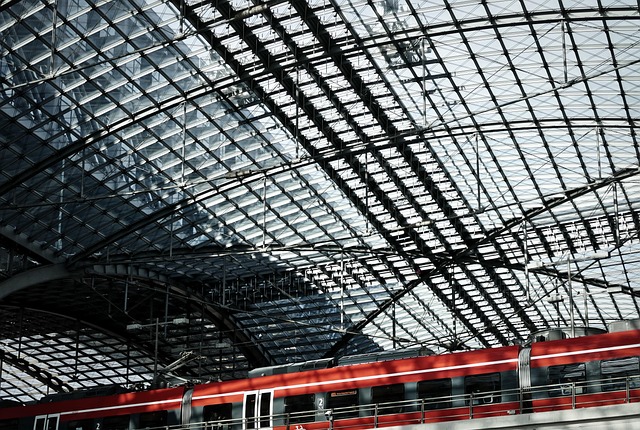
Green roofs represent a revolutionary approach to roofing, offering both ecological benefits and enh…….

Sustainable roof design, driven by the use of green roofing systems and eco-friendly materials like…….
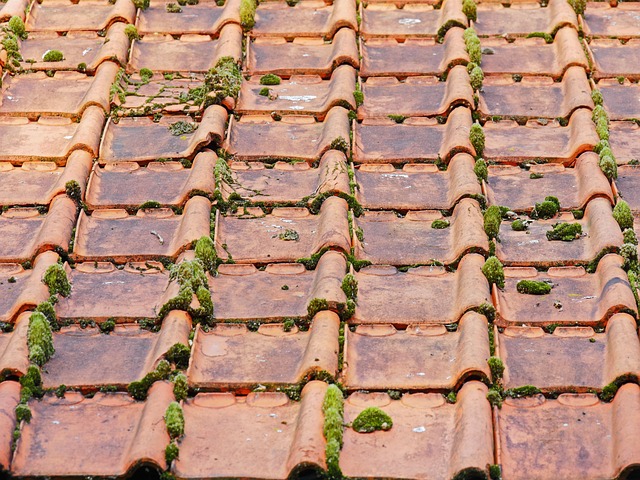
Sustainable roof design, incorporating eco-friendly solutions like green roofing systems and solar-i…….

The adoption of sustainable roof design, driven by the popularity of eco-friendly solutions like gre…….
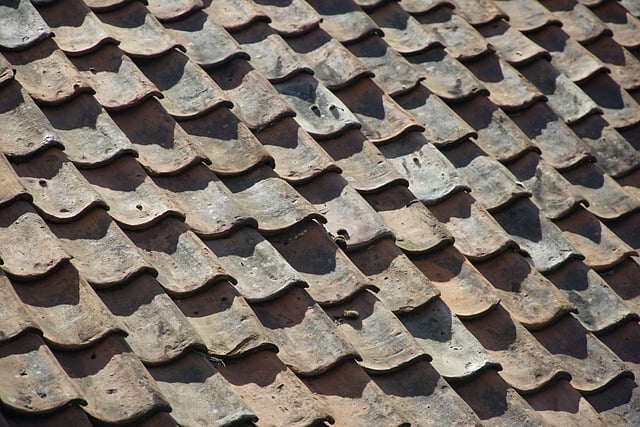
Modular roofing systems offer a revolutionary approach to conventional roofing, prioritizing sustain…….